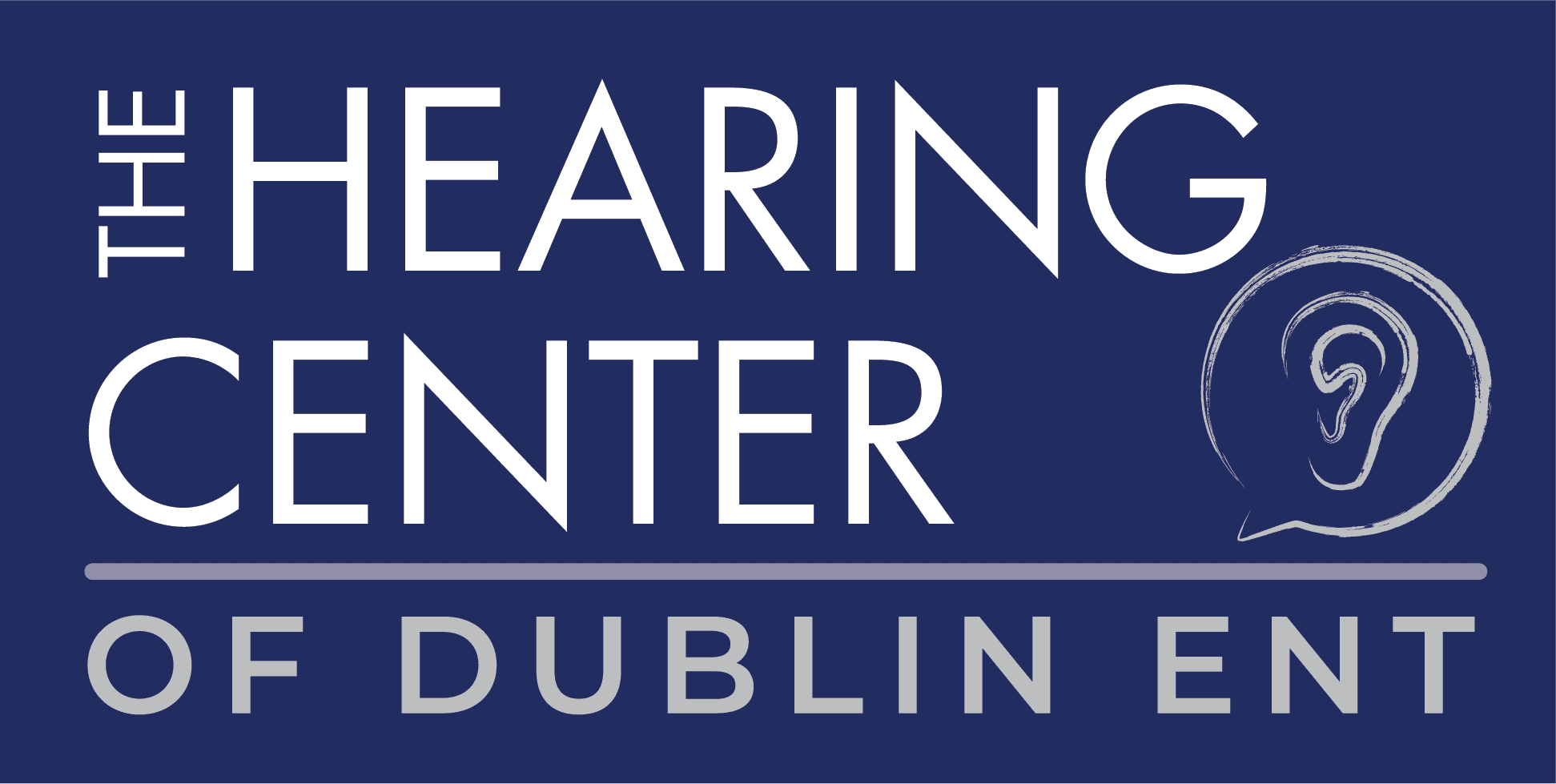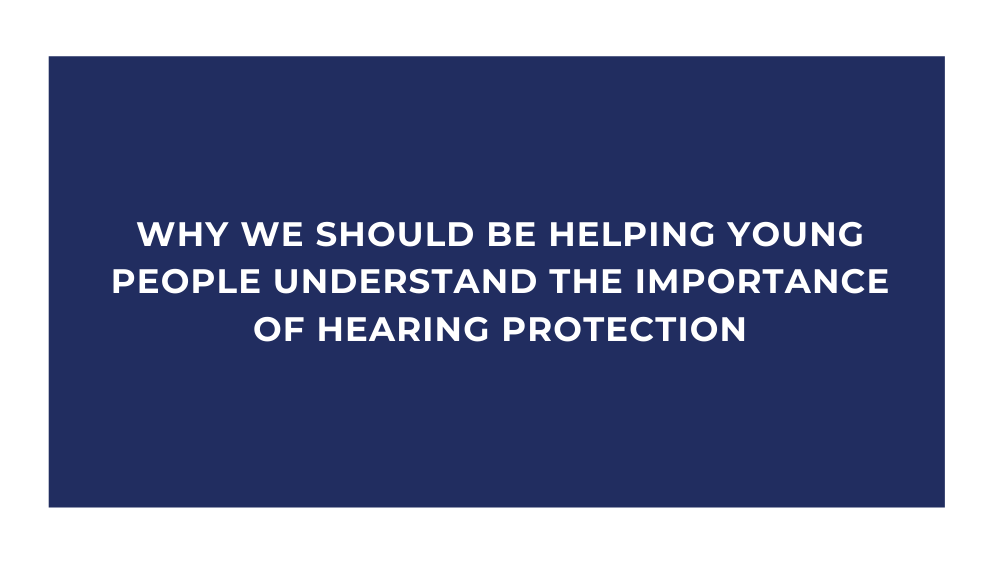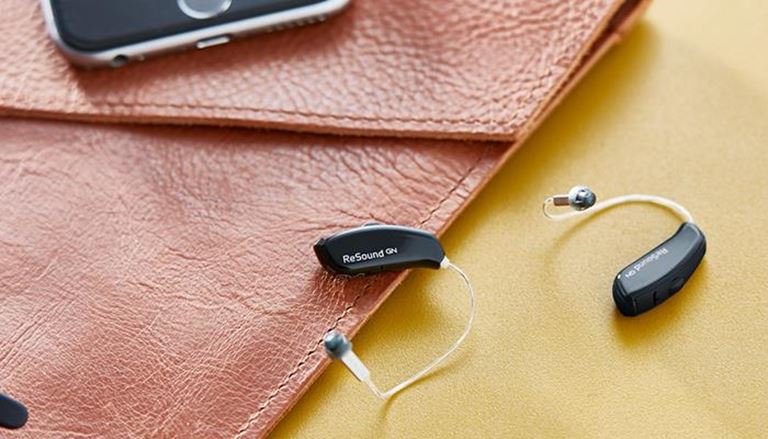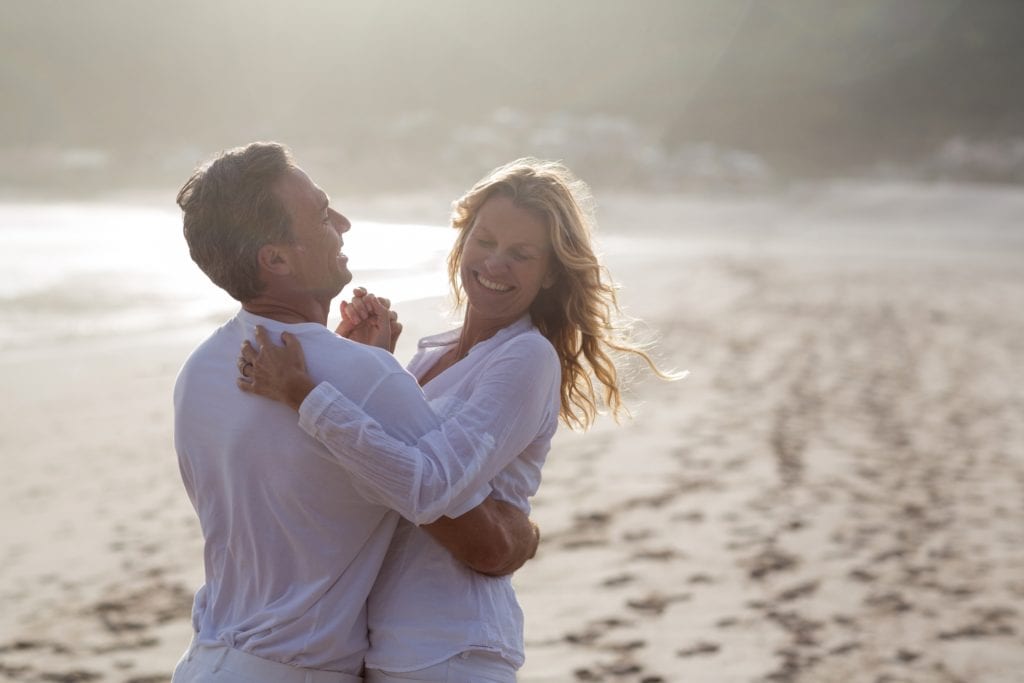Many people consider hearing loss to be associated with age. And, in a way, that’s partially true. Age-related hearing loss (presbycusis) occurs in most people as they get older. But age-related hearing loss is only one type of hearing loss.
Noise-induced hearing loss (NIHL) is the most common type of hearing loss, and it can happen to anyone — regardless of their age. In fact, according to the World Health Organization (WHO), 1.1 billion people between the ages of 12 and 35 are currently at risk of noise-induced hearing loss.
That’s right! Nearly every young person on the globe is at risk for noise-induced hearing loss. So, how is it that we don’t hear more about NIHL, and what can we (as a community) do to protect our hearing health?
Young People and Hearing Loss: By the Numbers
1.1 billion young people are at risk for noise-induced hearing loss. But how many damage their hearing to that point? The answer may shock you. According to the CDC, 17% of people under 65 have noise-induced hearing loss.
As the name suggests, noise-induced hearing loss is caused by repeatedly listening to loud noises or merely listening to extremely loud noises for a short period.
According to The National Institute for Deafness and Other Communication Disorders(NIH), NIHL happens when you listen to sounds at (or above) 85 decibels for an extended period. But, it can also occur when you listen to extremely loud noises (+100 decibels) for a short period. To put that into context, here are the decibel levels of some everyday loud noises many young people listen to regularly:
- Movie theater: 74 – 104 decibels
- Motorcycles: 80 – 110 decibels
- Welding: +90 decibels
- Concerts: 100 – 130 decibels
- Headphones on maximum volume: +100 decibels
- Sirens: 110 – 129 decibels
- Fireworks: 140 – 160 decibels
In other words, the average young person exposes themselves to sounds at decibel levels that can cause NIHL. It may even be a core part of your job. It’s a significant problem. And, to make things scarier, almost no one is talking about it.
We Need More Hearing Protection Awareness
Hearing loss carries a stigma. Many people think of hearing loss as an age-associated issue. It’s not. Age-induced hearing loss is undoubtedly an issue. But NIHL impacts more people across the entire spectrum of ages.
To combat this growing hearing loss issue, we heavily recommend that everyone invest in ear protection. The technology included in hearing protection today is incredible; you can find earplugs to protect your hearing at a music concert without missing out on all of those brilliant sounds. It’s a no brainer!
Investing in hearing protection doesn’t only help you avoid nasty tinnitus and headaches when you experience loud sounds. Still, it will preserve your precious hearing so you can enjoy crystal-clear sounds for years to come.
Are You Suffering From NIHL?
We’re here to help! If you or someone you know has been experiencing uncomfortable hearing loss symptoms, contact our team to schedule an appointment. We are operating under strict CDC guidelines for in-person appointments. To read our full safety protocol, please click here.




